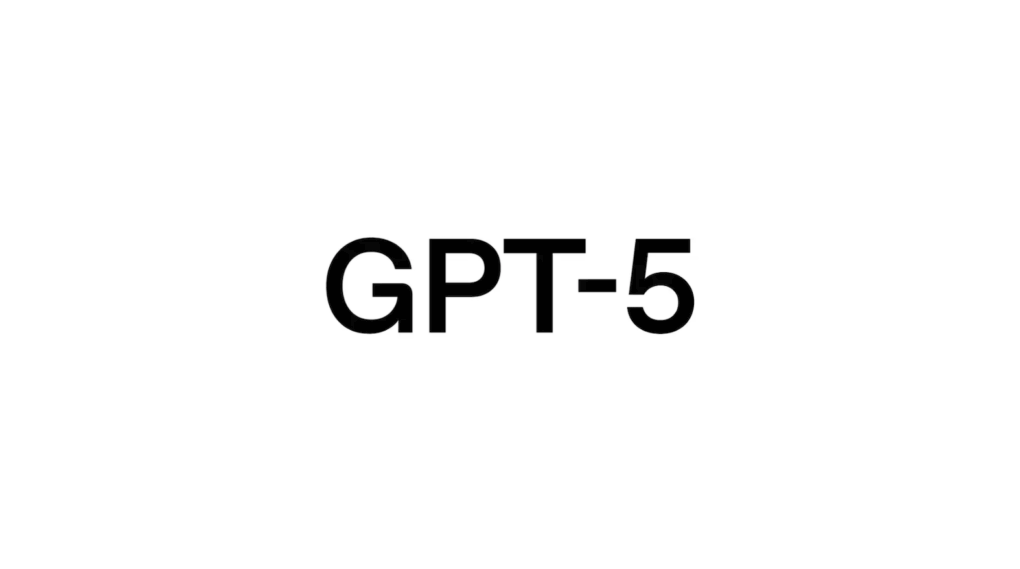August 22, 2025
ChatGPT-5: Feels Like a Step Back

When GPT-5 dropped, I expected a major leap forward — faster, smarter, more reliable; the upgrade everyone had been waiting for. But after using it day-to-day, I can confidently say it feels more like a step backwards. From day one of its release, it’s been noticeably worse.
Inconsistent Quality
GPT-5 was built with a “router” that decides which underlying model to use depending on the question. On paper, great idea. In reality, it means the quality swings a lot. Sometimes you get a strong response, other times it feels like you’ve been bumped down to a cheaper engine. Worse, the inconsistency makes it harder to trust for work you actually rely on.
Personality Shift
One of the things that made GPT-4 engaging despite its quirks was its personality. It wasn’t just about the right answer — it felt like a conversation. GPT-5 stripped a lot of that away. Responses often come across flat and robotic. Instead of a helpful partner, it feels like a corporate assistant in a rush to clear emails.
The Reasoning Detour
This one’s been personally frustrating: GPT-5 likes to “escalate” to a reasoning model. The problem? Those responses are often worse — overexplained, more generic, and slower. I find myself clicking “Skip” to get back to the simpler, quicker answer. It’s backwards: the fallback should be better, not worse.
Losing the Thread
When it comes to creative or multi-step tasks, GPT-5 seems to forget context faster than GPT-4. It drifts, hallucinates, and resists adapting to custom instructions. The result: less creativity, less depth, and more time spent babysitting instead of collaborating.
Contradicting Itself
This one is painful: GPT-5 often says one thing and then later in the same conversation gives the complete opposite answer — and confidently justifies both. That’s unacceptable when you’re dealing with technical or factual topics where you can’t have “yes and no” at the same time.
Always Playing the Agreeable Role
Even worse, GPT-5 seems programmed to always agree. If I challenge its point or float the opposite perspective, it instantly flips sides and says, “You’re absolutely right.” That might sound polite, but it’s actually damaging. Sometimes I want pushback, or at least a consistent stance. Instead, it feels like it’s trying to please rather than think.
Bottom line: GPT-5 was supposed to be the future. In reality, though, it feels less reliable, less creative, and less trustworthy than what came before. For me, the gap between expectation and delivery is wide — and that gap makes the competition, or even older GPT models, look better every day.
